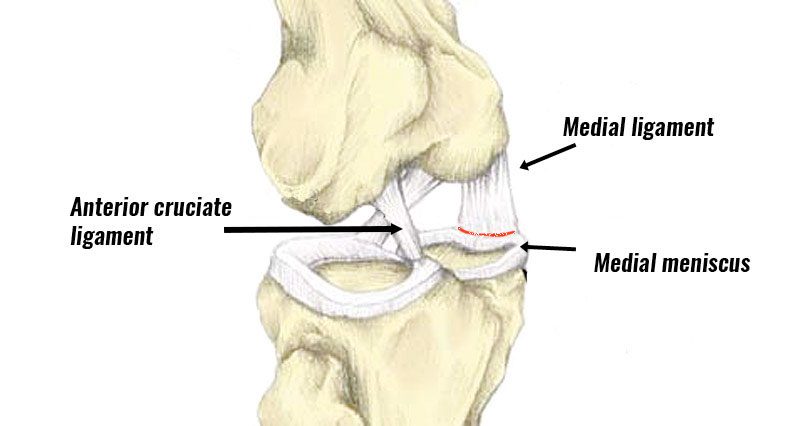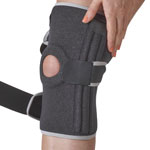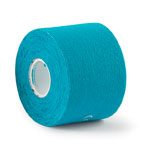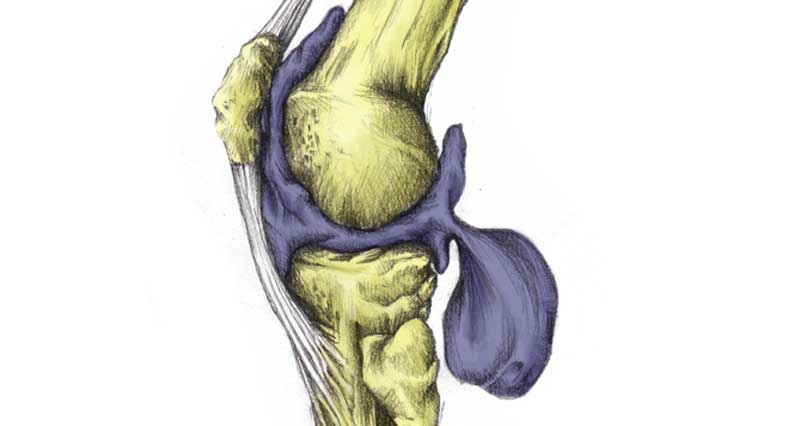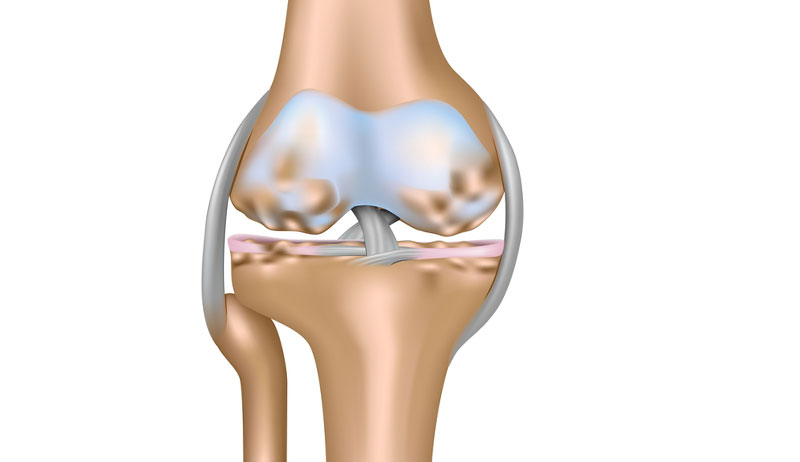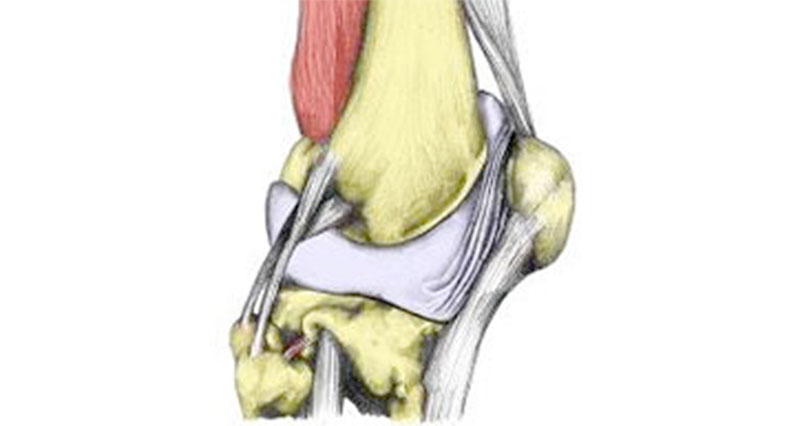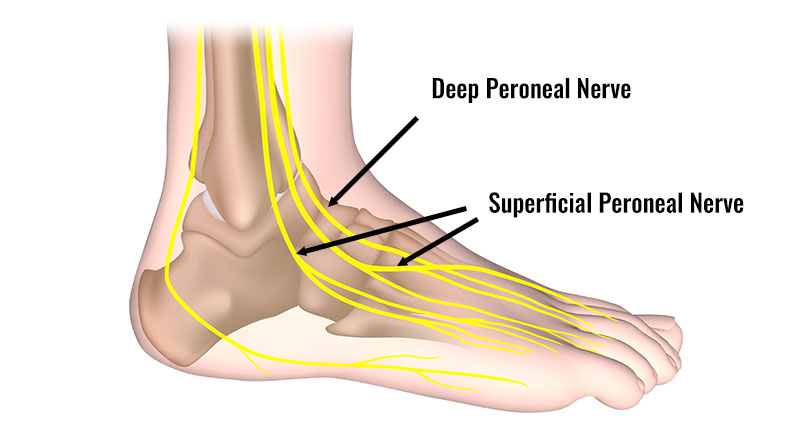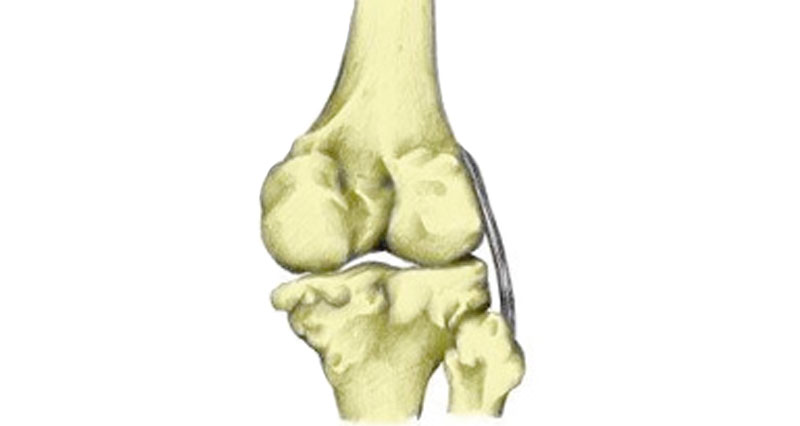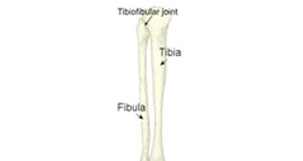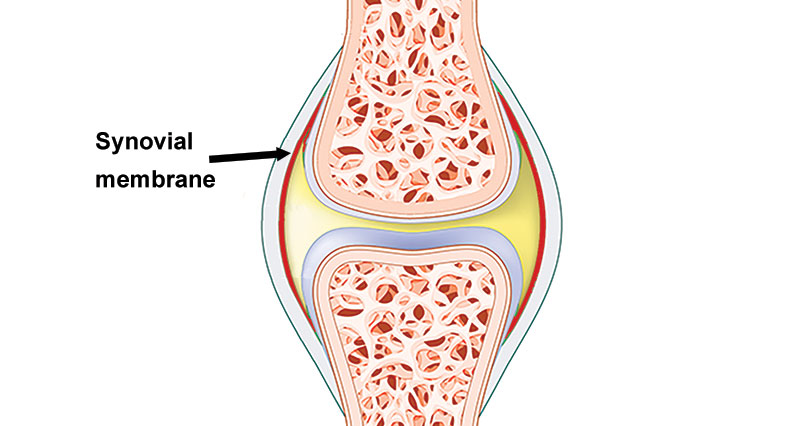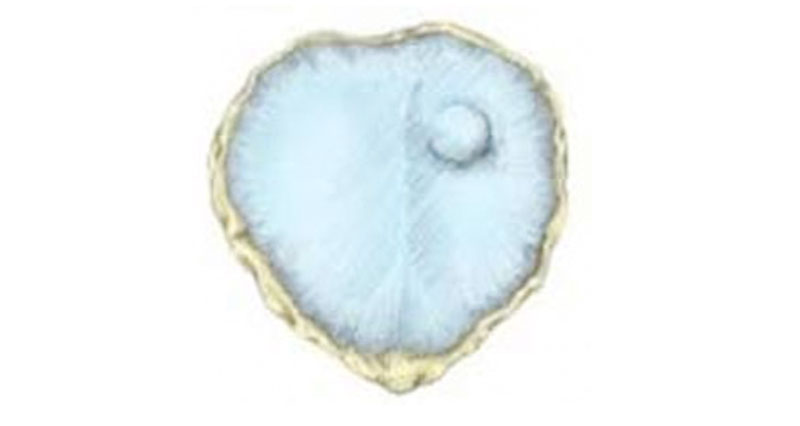The unhappy triad is a severe injury involving damage to three of the four major ligaments in the knee.
Medically reviewed by Dr Chaminda Goonetilleke, 31st Dec. 2021
What is the Unhappy triad injury?
The unhappy triad is also called the terrible triad, or the O’Donoghue triad. It is a particularly severe knee injury involving full or partial tears of the following:
What are the Symptoms?
- Extreme pain in the knee after a traumatic injury.
- Rapid, extreme swelling.
- A popping or tearing sound at the time of injury.
- Difficulty and pain in trying to move the knee.
- Bruising usually appears within 2-3 days.
- An unstable feeling knee.
Imaging
An X-ray or MRI usually confirms the diagnosis.
What Causes an Unhappy Triad?
This kind of injury only occurs after considerable force to the knee. In sports, it tends to result from a tackle, for instance in football, rugby, or soccer. Or occasionally twisting the knee with a planted foot.
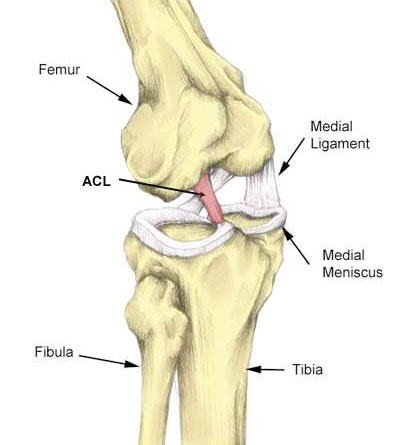
The anterior cruciate ligament crosses the middle of the knee and prevents forward movement of the tibia (shin bone).
The medial ligament is on the inside of the knee and prevents sideways movement of the knee joint.
Part of the medial meniscus on the inside of the knee attaches to the medial ligament. Therefore it often occurs in conjunction with a bad medial ligament sprain.
Treatment
Immediate first aid is to apply the PRICE principles of protection, rest, ice, compression, and elevation.
Cold therapy
Apply ice or cold therapy. Do not apply ice directly to the skin because it may cause ice burns. Instead, wrap in a wet tea towel, or use a commercially available hot and cold wrap.
Rest
Rest and support the knee in an elevated position. If possible use a compression bandage.
Seek medical help as soon as possible.
Surgery
Surgery is usually indicated. This depends on the severity of your ligament tears. Your surgeon may perform reconstruction using a graft of tissue taken from your hamstrings or patella tendon.
They may also perform a meniscus tear repair or removal at the same time. An MCL tear is usually left to heal naturally. However, the leg is immobilized to allow it to heal.
A full knee rehabilitation program regains full knee strength and mobility.
